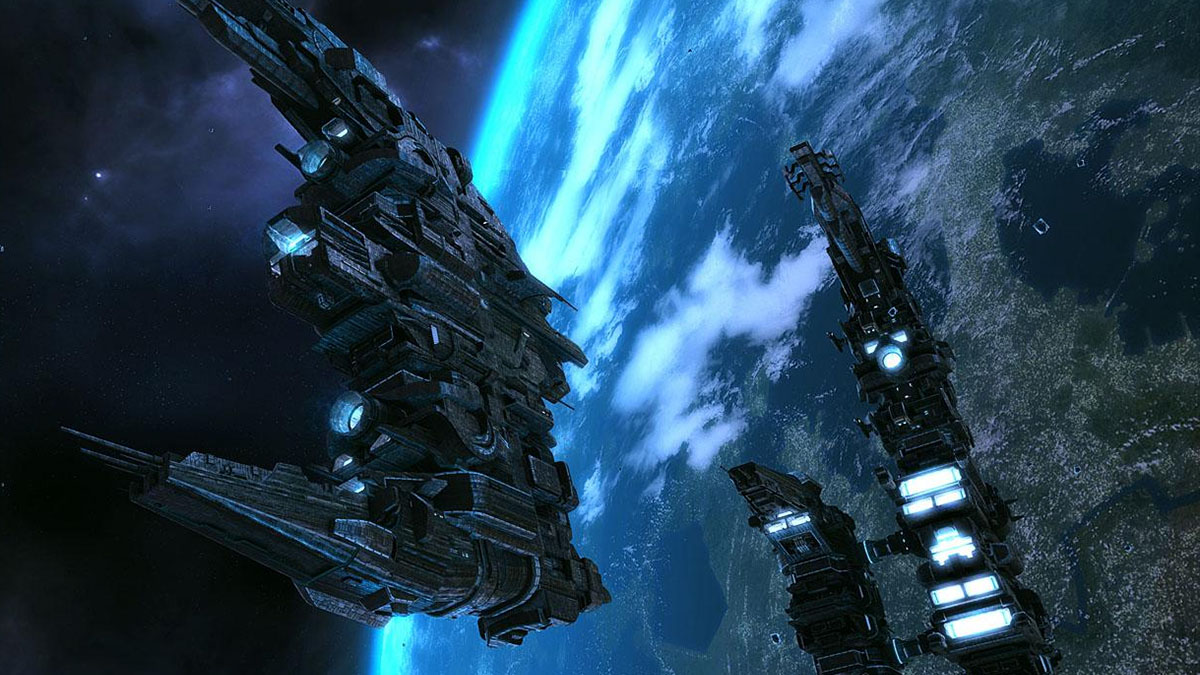what does it take to get a warp drive?

If you want to explore space firsthand, a warp drive isn’t just a good idea that could save you a lot of time and resources. It’s an absolute must. Without it, exploring even 1% of the galaxy would take eons. Luckily for future interstellar explorers, physicists are on the case and have so far been able to derive a theoretical basis for a real warp drive thanks to Michael Alcubierre from the University of Mexico. The concept he presented in 1994 has been the basis for years of theoretical fine tuning, hopes of space minded futurists and science fiction stories requiring writers to put aside relativity. But now, a group of Italian physicists think they’ve found a snag.
A warp drive as we understand it today is an asymmetric bubble of space and time wrapped around the craft that needs to move faster than light. By stretching this bubble in a certain direction, the spacecraft can move without actually moving, having the bubble of space ferry it to where it needs to go. Because special relativity only puts a limit on objects moving through space, there’s no limit to how fast space itself can be moved. For a period of time after the Big Bang, there could’ve actually been enough energy to expand space faster than the universal speed limit of 299,792,458 meters per second. A warp drive would create very similar conditions on a small scale. All it needs is an output roughly similar to converting the entire mass of Jupiter into pure energy and bend numerous dimensions into a bubble around itself. See, nothing to it!
However, by bending these dimensions, it could effectively form an event horizon around itself and that event horizon could flood the inside of the bubble with Hawking radiation. As the spacecraft approaches the speed of light, it’s bathed in a dose high enough to fry it to a crisp. The Hawking radiation itself consists of particles that appear out of the quantum mesh and ordinarily disappear back into it. In the presence of warped space though, the balance of their typical behavior is broken and they’re free to bombard anything and everything like any other type of radiation out there.
Another problem with the warp bubble is the exponential increase of something called a renormalized stress-energy tensor. This is basically stress that builds up on the deformed sections of the bubble as it moves with increasing speed. Because of the quantum phenomena that come into play when the bubble is created exert a lot of force on this shell of space and time, they build up stress. When the bubble moves quickly enough, the stress can become too great and the bubble itself pops. What will happen to the spacecraft inside? Well that is a very tricky question.
Ideally, the bubble peels away and the craft is suddenly stationary somewhere in the vast expanses of interstellar space. Because the sheer distance between stars, that’s the likeliest place for it to end up. If momentum is somehow preserved through a mechanism we don’t know yet, the craft would be spat out at such an enormous speed, it would be torn apart by the interstellar medium or crushed by its own momentum as special relativity says. Or, the bubble could collapse, destroying the craft inside. Marooned or annihilated. Neither option is good, although maybe it won’t take you more than a few years to get back home from the point where your warp bubble popped.
But before you shed a tear for warp drive technology and reach for the shovel, keep in mind that these physics are so new and require so much testing to be confirmed on such a large scale, we can’t rule out the idea that one day we will have the technology to move faster than light. There are other ideas out there and maybe the combination of several different approaches will yield something that works. The very first calculations of the amount of power it would take to hit warp speed said you’d need infinite energy since the calculations were based on special relativity. After applying general relativity and extra dimensions, that requirement shrunk to just the mass of Jupiter which is an absolutely amazing and encouraging downgrade. Who knows that other phenomena we’ll find in the future or even as soon as the completion of the LHC experiments? Maybe they’ll help us overcome pretty much any quantum limitation to dreams of our faster than light travel…
See: Richard K Obousy, et al, (2008). Putting the Warp into Warp Drive Spaceflight, 50 (4) arXiv:0807.1957v2
Stefano Finazzi, et al (2009). Semiclassical instability of dynamical warp drives arXiv arXiv:0904.0141v1





